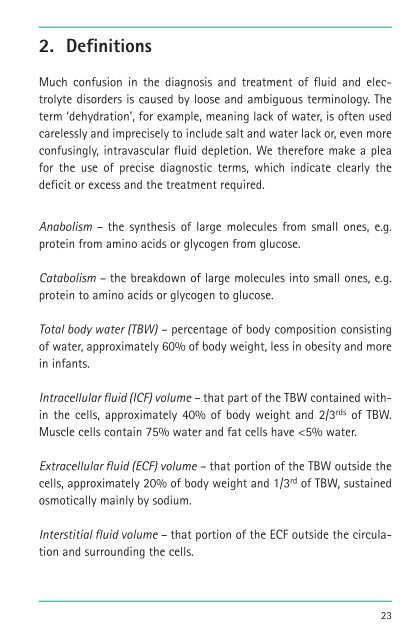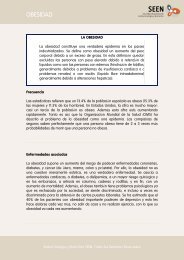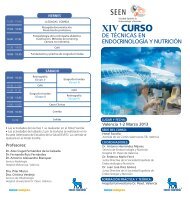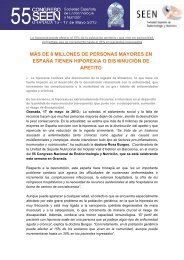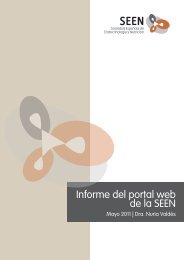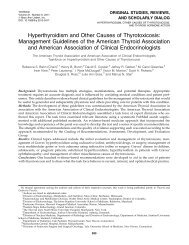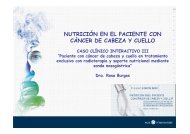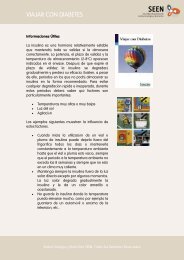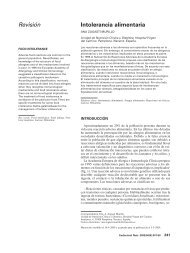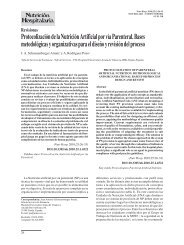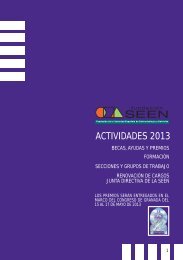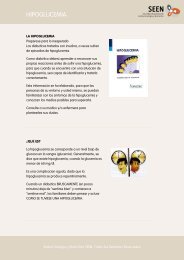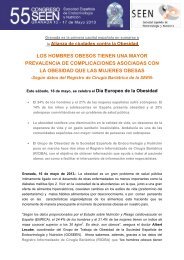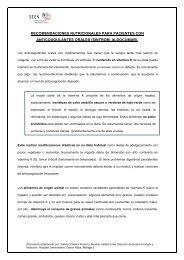Basic Concepts of Fluid and Electrolyte Therapy
Basic Concepts of Fluid and Electrolyte Therapy
Basic Concepts of Fluid and Electrolyte Therapy
You also want an ePaper? Increase the reach of your titles
YUMPU automatically turns print PDFs into web optimized ePapers that Google loves.
2. Definitions<br />
Much confusion in the diagnosis <strong>and</strong> treatment <strong>of</strong> fluid <strong>and</strong> electrolyte<br />
disorders is caused by loose <strong>and</strong> ambiguous terminology. The<br />
term ‘dehydration’, for example, meaning lack <strong>of</strong> water, is <strong>of</strong>ten used<br />
carelessly <strong>and</strong> imprecisely to include salt <strong>and</strong> water lack or, even more<br />
confusingly, intravascular fluid depletion. We therefore make a plea<br />
for the use <strong>of</strong> precise diagnostic terms, which indicate clearly the<br />
deficit or excess <strong>and</strong> the treatment required.<br />
Anabolism – the synthesis <strong>of</strong> large molecules from small ones, e.g.<br />
protein from amino acids or glycogen from glucose.<br />
Catabolism – the breakdown <strong>of</strong> large molecules into small ones, e.g.<br />
protein to amino acids or glycogen to glucose.<br />
Total body water (TBW) – percentage <strong>of</strong> body composition consisting<br />
<strong>of</strong> water, approximately 60% <strong>of</strong> body weight, less in obesity <strong>and</strong> more<br />
in infants.<br />
Intracellular fluid (ICF) volume – that part <strong>of</strong> the TBW contained within<br />
the cells, approximately 40% <strong>of</strong> body weight <strong>and</strong> 2/3 rds <strong>of</strong> TBW.<br />
Muscle cells contain 75% water <strong>and</strong> fat cells have


